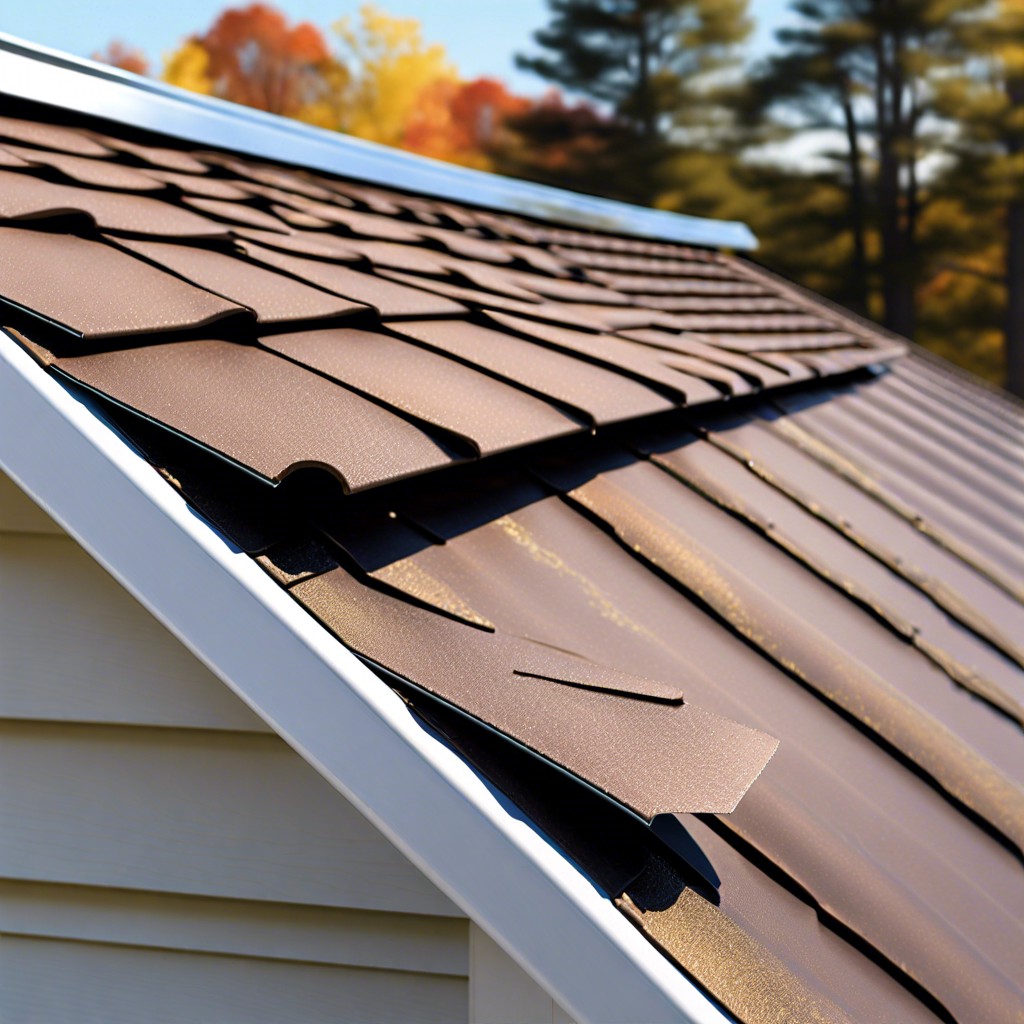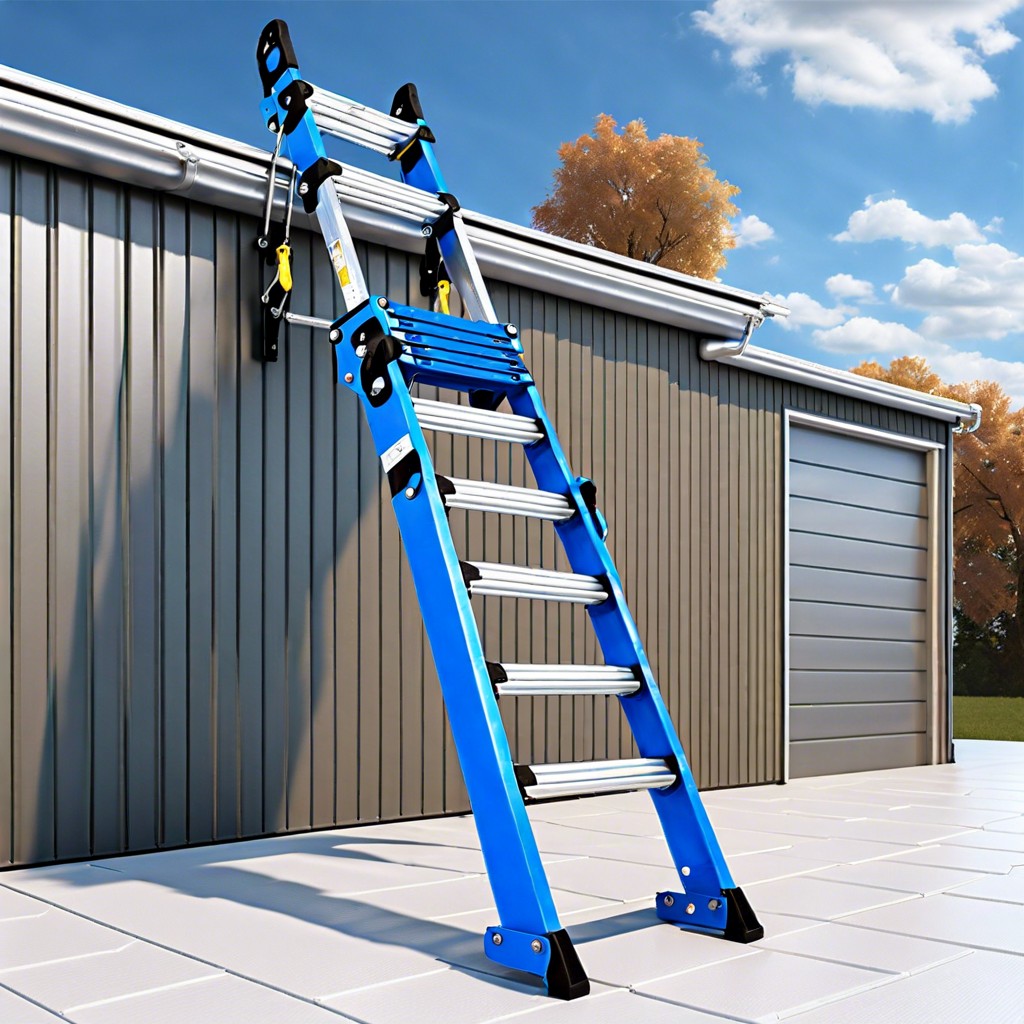Last updated on
Learn safe and effective methods for removing a wasp nest from the roof eaves, ensuring your home remains a sting-free zone.
Key takeaways:
- Wear protective clothing and prioritize personal safety.
- Have necessary equipment: protective clothing, insecticide spray, ladder, flashlight.
- Use EPA-approved insecticide spray or foam, targeting nest entrance.
- Carefully remove nest using protective clothing and secure ladder.
- Take preventive measures: seal entry points, clean outside areas, use decoy nests.
Safety Precautions
Before attempting to remove a wasp nest from roof eaves, prioritize personal safety. Wear long sleeves, pants, gloves, and protective eyewear to prevent stings. Ensure that the ladder used for access is stable and falls under the weight limit. Conduct the removal during evening or early morning when wasps are less active.

Inform those nearby of your task to keep the area clear. If allergic to stings, do not engage in the removal – seek professional help instead. Always have a plan for quick retreat in case the wasps become aggressive.
Necessary Equipment
To safely tackle a wasp nest, suit up with these essentials:
- Protective clothing: Wear long sleeves, pants, gloves, and closed-toe shoes to minimize exposed skin.
- Head and face protection: A hat with a veil or beekeeper’s hood keeps wasps away from vulnerable areas.
- Eyewear: Glasses or goggles prevent accidental eye contact with insecticides or wasps.
- Insecticide spray or foam: Opt for a product designed for wasps with a spray range that allows you to maintain a safe distance.
- Ladder: Ensure stability and proper height for reaching the nest.
- Flashlight: Illuminate dark eaves or crevices during dawn or dusk operations, when wasps are less active.
- Sealable bags or containers: Have these on hand for nest disposal to avoid leaving attractants for other pests.
- Escape plan: Identify a clear, quick exit route should wasps become agitated.
Use of Insecticide Spray or Foam
Select an EPA-approved wasp insecticide labeled safe for outdoor use and effective against wasps. Aerosol sprays offer immediate knockdown, while foams provide extended action as they expand to fill cavities where wasps may hide.
Before application, put on protective clothing and ensure that all safety measures are in place. Apply the insecticide or foam from a safe distance, preferably in the evening when wasps are less active, aiming directly at the nest entrance.
After application, avoid sealing the eaves immediately; give wasps time to return and come into contact with the treated area, ensuring the colony is eradicated. Monitor the site for a few days to confirm wasp activity has ceased before removing the nest.
Physical Removal of the Nest
After ensuring the wasp activity has ceased, usually during nighttime or early morning when wasps are less active, carefully approach the nest wearing protective clothing. It’s crucial to have a steady ladder placed securely against the wall for safe access to the eaves. Armed with a heavy-duty plastic bag, gently encase the nest, detaching it from the eaves with a scraper or similar tool. Once encased, seal the bag immediately to trap any remaining wasps and prevent escape.
Subsequently, dispose of the sealed bag in a covered trash bin, located far from the home to avoid attracting wasps back to the area. Following disposal, inspect the eaves for any remnants of the nest or leftover larvae and remove these to prevent re-infestation. It’s advisable to repair any cracks or openings in the roof eaves that might invite future nests. Consider consulting a professional if the nest is substantial or if engaging in the removal process presents a personal safety risk.
Preventive Measures
Seal entry points to deter wasps from returning to roof eaves by patching up cracks and crevices. Install fine mesh insect screens over roof vents, chimneys, and other openings.
Maintain clean outside areas, as food scraps and sugary spills attract wasps; ensure garbage lids are tightly secured. Use decoy wasp nests; wasps are territorial and often avoid areas where another colony exists.
Consider planting wasp-repellent plants like mint, eucalyptus, and citronella around your home as a natural deterrent. Regularly inspect eaves and the attic for early signs of wasp activity to address infestations promptly.




